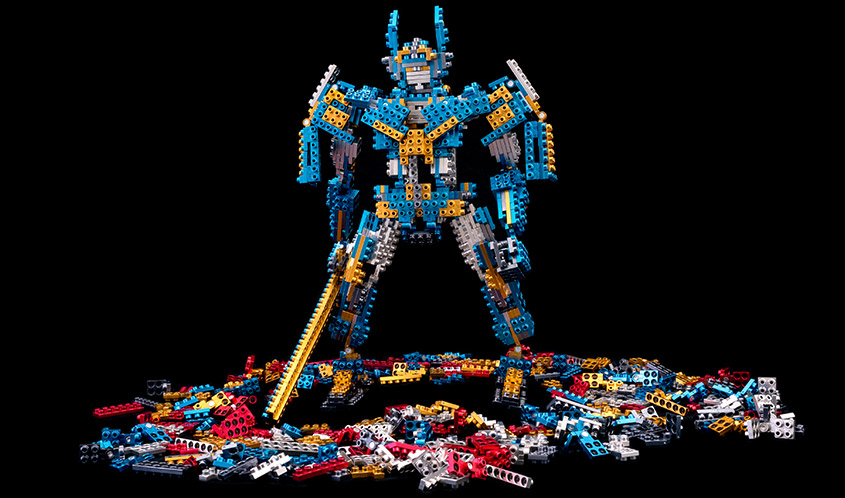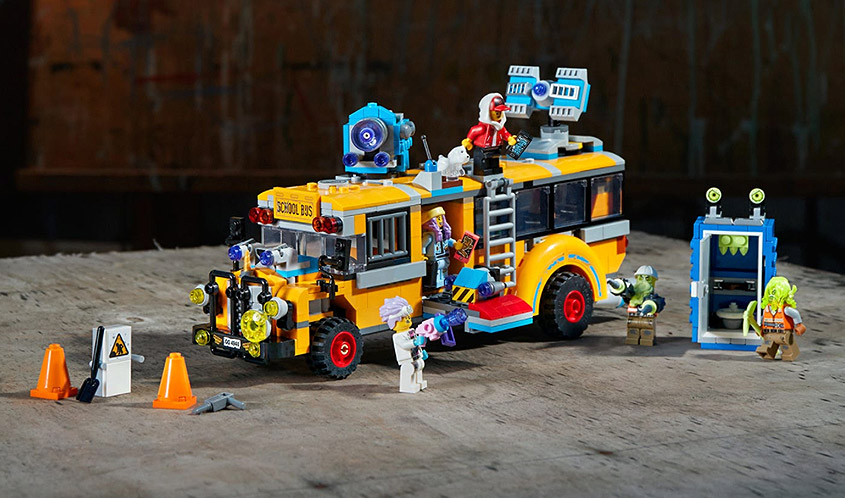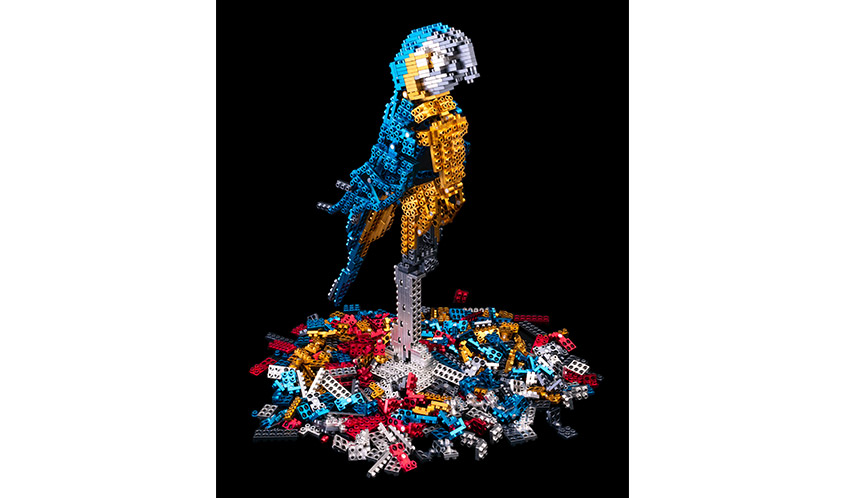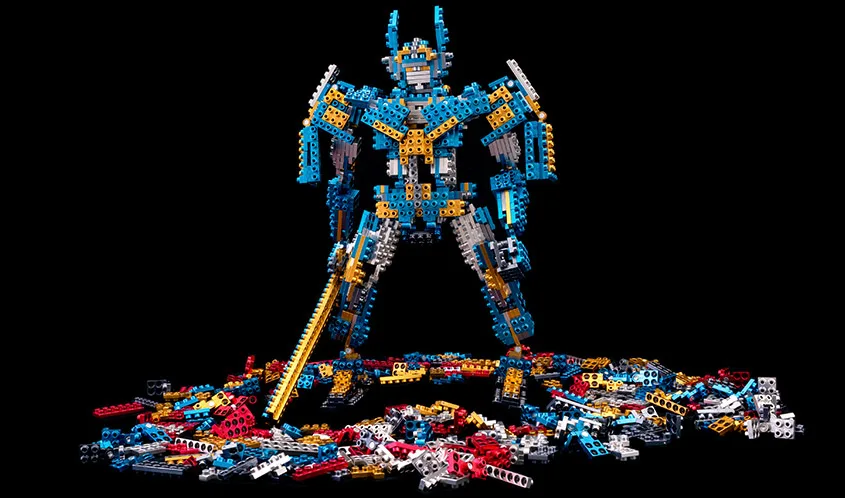
by STEVE REECE, founder, Kids Brand Insight
The construction toys category is a rarity in that products in this space can often command the holy grail of strong parental and strong kid appeal. When you apply brand licenses or entertainment content to construction brands, the effects can be powerful in terms of making construction toys compelling to kids. From a parental perspective, this play pattern is seen as worthwhile play, and as we know, construction play is proven to develop affinity and capability in terms of science and even math.
When consumers think construction toys, they often think of The LEGO Group, a company that reaches both kids and parents on an almost unparalleled basis. LEGO’s use of brand licenses and entertainment content is undoubtedly as good an example of brand management as you will find. In fact, when my toy and game consultancy, Kids Brand Insight, has trained toy people on how to build toy brands, we often use LEGO as one of the strongest examples of brand management in the toy business. Aside from offering case studies for best practice, LEGO is where you would expect from one of the biggest toy companies in the world to be in terms of leading the market and the category.
There are several ways in which LEGO is at the forefront of market development and evolution in product terms. This year’s major feature at the Spielwarenmesse toy fair in Nuremberg in February was a LEGO school bus featuring the company’s Hidden Side augmented reality (AR) products, which combine physical and virtual play. First, kids can physically construct the product and then, they can use AR to play a game in which they can catch the ghosts viewable via an app. This kind of “Phygital” product offers a type of “If you can’t beat them, join them” solution for parents to get kids doing something productive and developmentally beneficial while not entirely having to put their phones down.

LEGO has also led the field in terms of corporate social responsibility and sustainability initiatives. The company has a number of strong goals from an environmental impact perspective, including replay (its efforts to get kids to reuse bricks by passing them onto the needy), sustainable materials (the company aims to make LEGO bricks from sustainable materials by 2030, which is clearly ambitious as it currently has 80 out of 3,600 design elements made from sustainable material), and sustainable packaging (the goal is to use only renewable or recycled materials by 2025). These are only a few of the company’s environmental impact objectives.
While LEGO tends to capture the headlines with its efforts towards sustainability in the construction category, there are other ongoing efforts as well. In fact, one of the biggest trends we saw at toy fairs around the world this year was the push toward sustainable materials. This was seen across categories, but we also saw strong evidence of this being a major trend for the construction toy business. For example, BioBuddi, a Netherlands-based construction brick brand distributed in the U.S. by Safari, has an entire range made from eco-friendly materials.
It is typical to see a number of up-and-coming construction toy brands during each toy fair season. Some make it, and some do not. Over the years, we have seen many seemingly good construction systems fall by the wayside, while just a few make it through to last for several years.

At this year’s Spielwarenmesse, I saw a new construction brand with great potential: Metomics. The twist with this product range is that the bricks are made from a sleek-looking metal, which makes the product feel heavy in the box and delivers a sturdy and displayable end result. The product features a patent-pending locking mechanism that looks familiar, but is technically quite different, as well as a range of different models and product formats. The brand is based on a material (metal), which is significantly more recyclable and more reusable than plastic, so it can also claim to have some eco-friendly credentials. Metomics was undoubtedly one of our top picks heading into this year’s selling season, and it is heading to the U.S. market this year.
This article was originally published in the July/August 2020 edition of the Toy Book. Click here to read the full issue!


